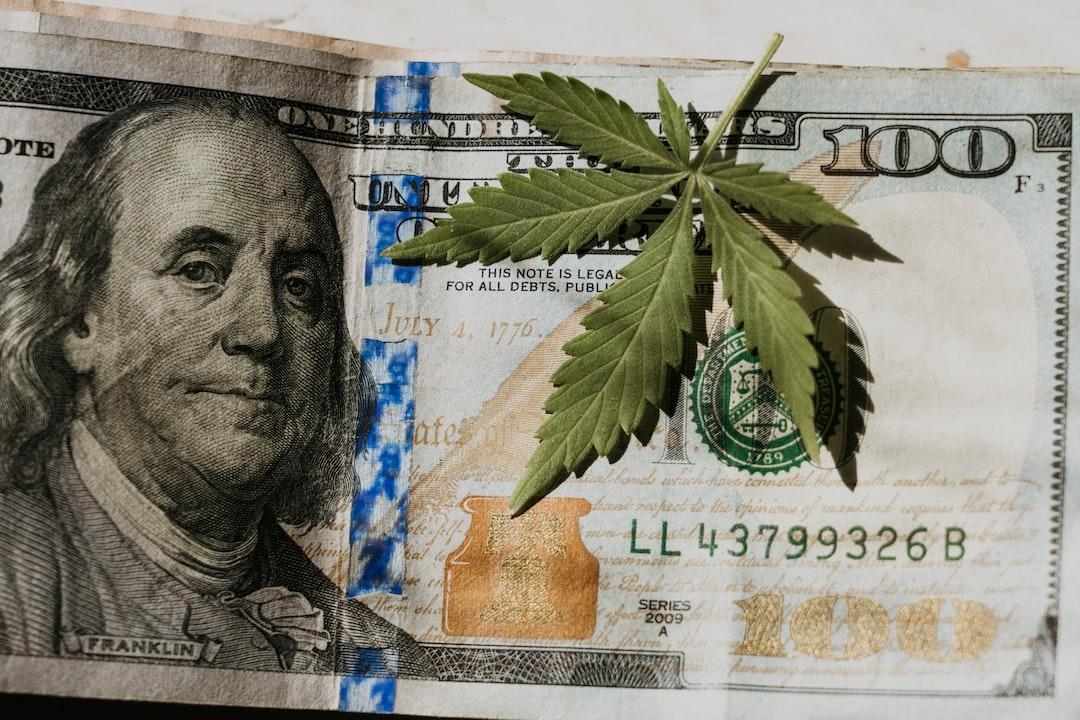Uniswap’s price has recently experienced a notable shift as a significant cryptocurrency whale purchased approximately 1.7 million UNI tokens, amounting to $15.54 million over a span of four days. This purchase, executed through withdrawals from the Binance exchange, indicates a growing investor confidence in UNI.
In addition to this, the launch of Uniswap v4 has generated optimism, particularly due to its enhancements in efficiency and cost savings. This development holds significant potential for the decentralized exchange (DEX) and could have a substantial impact on the decentralized finance (DeFi) sector.
The accumulation of tokens by the whale signifies a growing interest in UNI. On February 7, 2025, the blockchain analytics platform Lookonchain reported that the whale had withdrawn 1.7 million UNI tokens from Binance between February 3 and February 7, 2025. This accumulation, valued at approximately $15.54 million, represents one of the most substantial UNI transactions in recent weeks.
Historically, transactions of this magnitude by whales are closely monitored as they often indicate confidence in the future price of the asset. The timing of this transaction is also noteworthy, as the price of UNI increased from $9.14 on February 3 to $9.17 on February 7, according to CoinGecko. Although this price increase is relatively small, the whale chose to withdraw such a significant amount from the exchange, indicating a preference for holding the tokens rather than immediate trading.
The market swiftly reacted to this development, with UNI’s trading volume on Binance increasing by 12% within 24 hours of the whale’s initial withdrawal. On February 4, the UNI/USDT volume rose by 5%, and the UNI/BTC volume increased by 3%, indicating increased trading activity.
Technical indicators and on-chain insights further support optimistic sentiments towards UNI. At the time of the accumulation, UNI’s Relative Strength Index (RSI) rose above 70 on February 6, indicating that the asset was approaching overbought conditions. However, it has since fallen below 50 in recent trading sessions while still maintaining an upward trajectory. Additionally, the Moving Average Convergence Divergence (MACD) indicator displayed a bullish crossover on February 5, with the MACD line surpassing the signal line, typically signaling continued upward momentum.
Another significant metric is the increase in the number of UNI holders, which grew by 2% in the past week, reaching 306,000 unique wallet addresses, according to Etherscan data. This rise in holders suggests broader market interest and the potential expansion of UNI’s user base.
Looking ahead, the trading trajectory of UNI appears to depend on its ability to sustain key support levels and convincingly break through resistance points. Market analyst CW from platform X recently projected a more optimistic scenario, suggesting that UNI’s first target price could reach $20.
Apart from the whale activity, the release of Uniswap v4 has garnered attention. Launched on January 31, 2025, this upgrade has brought several improvements to trading efficiency and costs. Notably, it has significantly reduced gas fees compared to v3.
According to Uniswap Labs CEO Hayden Adams, creating a liquidity pool on the Ethereum mainnet with v3 required 5,165,447 gas, costing approximately $57.42. However, with v4, the same action now costs only 431,860 gas, equivalent to around $4.63. The reduction in gas fees makes the platform more appealing to liquidity providers and traders, potentially increasing activity on the network.
Furthermore, Uniswap v4 supports multiple chains, including Ethereum, Polygon, Arbitrum, Base, Binance Smart Chain, and Avalanche. This expansion strengthens Uniswap’s position in the DeFi landscape and provides users with a more efficient trading experience.
Based on observed and anticipated market behaviors, UNI may initially target the $12 resistance level. A successful breach of this level could pave the way for a rally towards $16, while failure may lead to a retest of support levels at $9 or $8, depending on broader market trends and investor confidence.


